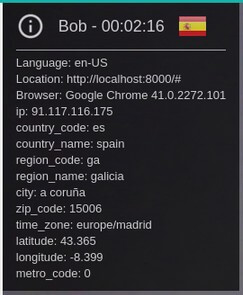Fraud mitigation in the contact center
Prevention is the best protection. That is why having a security policy that deals with the problems before they happen is primordial.
A lot of these measures are widely known but they are not implemented diligently enough. We can differentiate security measures according to its scope in two big groups:
- Internal security policies, these are measures that have the goal of mitigating risks in the “internal” operative of the contact center. Examples of this sort of measures are: access control measures, agent privileges regarding sensitive data access, call recording, access registry, allowed software whitelist, periodical security updates, network monitoring, legal compliance, data encryption, etc
- External security policies, are those that look into reducing risks in the activity of the contact center. This means in the interaction between agents and end users. These measures are mainly based in the verification of the legitimacy of the end user. We can also add here agent training to spot “social hacking” situations, the use of knowledge based authentication, biometric tools for customer verification, multiple factor authentication…
It is clear the the previously mentioned measures are needed. Nevertheless, when speaking about voice channel, there is common denominator on which attacks happen, the telephony network. That is why deep monitoring of incoming and outgoing calls not only offers protection, but also is key in identifying and allocating the problem in case of security breach.
One of the most interesting characteristics of this approach is how transversal it is. It is totally transparent for the users, it allows for enforcing call policies but most of all, it happens ex-ante.
Operationally the benefit is clear: reducing the amount of fraudulent calls that end up in the contact center and that are being attended by agents helps driving efficiency.
They key resides in the SIP signaling. Through the analysis of each call signaling, using AI/ML tools it is possible to fetch data from historical data and also external databases. With this information it is possible to rank the risk associated with the call. The end goal is to enforce policies such as call block or call redirection the suspicious calls.
It is also possible to monitor outgoing calls. This gives IT and system administrators the capability to spot and solve any anomaly in the contact center activity.
If you would like to explore ways to make your communications safer and protect your telephony network reach out to us. We can work together to see if there is any way we can help you improve your operations.







